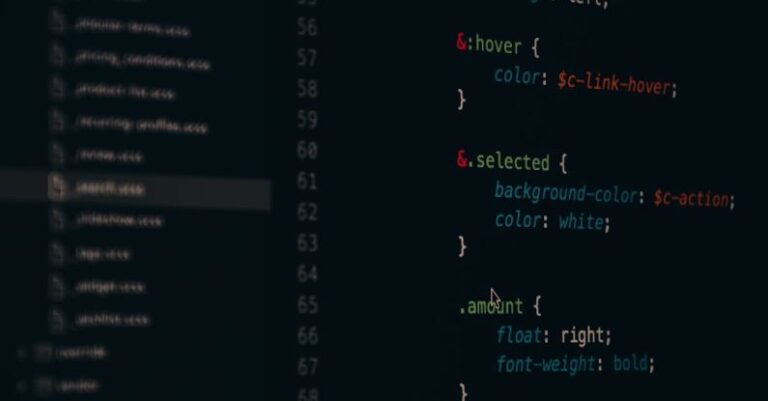
Programming RC robots using Python has become a popular topic among robotics enthusiasts and hobbyists. This versatile programming language is known for its simplicity and readability, making it an excellent choice for controlling remote-controlled robots. In this article, we will explore the feasibility of programming RC robots using Python and the benefits it offers to robot enthusiasts.
**Understanding Python’s Versatility**
Python’s versatility is one of the key reasons why it has gained popularity in various fields, including robotics. Its simple syntax and readability make it accessible to beginners while still offering powerful features for more experienced programmers. Python’s extensive library of modules and packages provides a wide range of tools for controlling hardware components, making it an ideal choice for programming RC robots.
**Interfacing with Hardware**
One of the essential aspects of programming RC robots is interfacing with the hardware components effectively. Python provides several libraries, such as RPi.GPIO and PySerial, that enable communication with sensors, motors, and other electronic components commonly used in robotics projects. These libraries simplify the process of sending and receiving signals to control the movement and behavior of the robot.
**Controlling Motor Movement**
Python allows users to control the movement of RC robots by sending commands to the motors. By using PWM (Pulse Width Modulation) signals, programmers can adjust the speed and direction of the motors accurately. This level of control is crucial for creating smooth and precise movements in robotics applications. With Python, users can write code to implement various motion sequences, from simple forward and backward movements to complex maneuvers.
**Implementing Sensor Feedback**
Incorporating sensor feedback is essential for creating autonomous behaviors in RC robots. Python enables programmers to read data from sensors such as ultrasonic distance sensors, infrared sensors, and gyroscopes. By processing this sensor data within Python scripts, users can implement intelligent decision-making algorithms that respond to the robot’s environment. This functionality is particularly useful for creating robots that can navigate obstacles, follow lines, or perform tasks autonomously.
**Building Autonomous Behaviors**
Python’s high-level syntax and dynamic typing make it well-suited for developing algorithms that govern the behavior of RC robots. By combining sensor data processing, motor control, and decision-making logic, programmers can create autonomous behaviors that enable robots to interact with their surroundings intelligently. Whether it’s a robot exploring a maze or a robot competing in a line-following race, Python provides the tools necessary to implement complex behaviors with relative ease.
**Enhancing Learning and Creativity**
Programming RC robots using Python offers a valuable learning experience for enthusiasts of all skill levels. Beginners can quickly grasp the fundamentals of programming and robotics by working on simple projects, such as controlling the movement of a basic robot. As users gain more experience, they can explore advanced concepts like computer vision, machine learning, and artificial intelligence to enhance their robots’ capabilities further. Python’s flexibility allows users to unleash their creativity and experiment with different ideas to create unique and innovative robotic projects.
**In Conclusion: Unlocking the Potential of Python in Robotics**
In conclusion, programming RC robots using Python is not only feasible but also highly beneficial for robot enthusiasts. Python’s versatility, ease of use, and extensive library support make it an excellent choice for controlling hardware components, implementing autonomous behaviors, and fostering creativity in robotics projects. By leveraging Python’s capabilities, users can unlock the full potential of their RC robots and embark on exciting programming adventures in the world of robotics.





